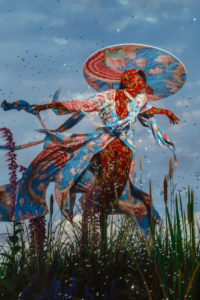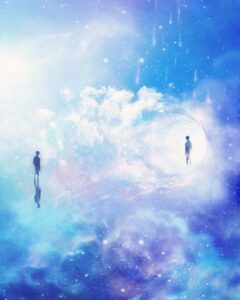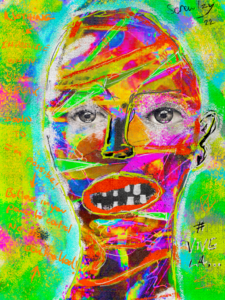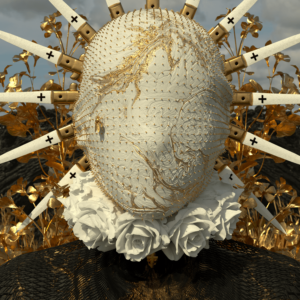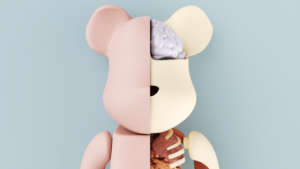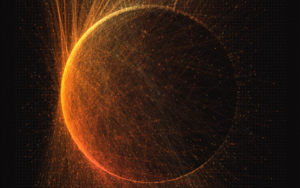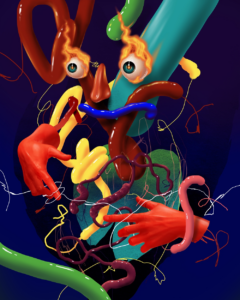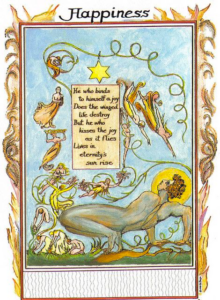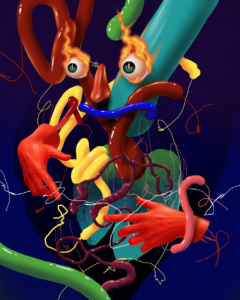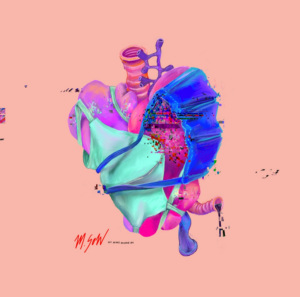In this interview with Brady Walker, Turkish artist Gözde Ekiz (aka Gozde), shares her artistic journey, underlying philosophies, and the intellectual inspirations shaping her art. Gozde’s work, characterized by a red-haired ‘Every-person’ figure and a one-eyed octopus symbolizing societal surveillance, focuses on encapsulating abstract thoughts and ideas rather than perfect patterns, challenging conventional artistic norms.
The narratives behind her notable works, such as the veganism-inspired Speciesism series critiquing human hypocrisy towards other species, and the Wonderland pieces symbolizing a dystopian world, reflect her broad societal themes. Influenced by thinkers like Nietzsche, Baudrillard, and Foucault, Gozde emphasizes continuous learning and the exploration of AI in art.
Despite experiencing frustrations, she values spontaneity and a flexible approach to her work, while advising aspiring artists to remain resilient against negative criticism and maintain their exploratory spirit in creativity.
Please enjoy our interview with Gozde
Brady Walker: The red-haired figure in your work represents a kind of Everyperson. Why stick with one figure? If you’re going for the Everyperson, why not hit upon a different demographic in each subsequent work?
Gözde Ekiz: Yes, the red-haired figure represents everyone. It has sharp body lines and no details to watch for and no anatomy to admire. I wanted different people to remind me of the same person. The point I want to focus on in these figures is that each figure belongs to a story and sometimes they intersect in the same story. This is exactly why I think it represents everyone. We are all different characters in the same story, we are very similar and very different at the same time. If you ask why she has red hair, this is purely my personal preference, a result of trying to create a character that is far from myself.
BW: Going all in on a body of work featuring almost exclusively cartoonish nudes is a strong choice. Broadly speaking, how does this choice affect the way your art is received?
GE: I know I have an expression that doesn’t appeal to everyone. That’s exactly why I like to make people say “I’ll draw this too.” I think that making art has nothing to do with drawing perfect patterns. The important thing for me is how I can make the abstract figures in my mind concrete and as a result, to see that the resulting composition reaches the point I want it to reach. If I have to look at my works as a viewer, I think that the fact that the theme and the technique are completely opposite from each other is a positive factor in the focus of the audience.
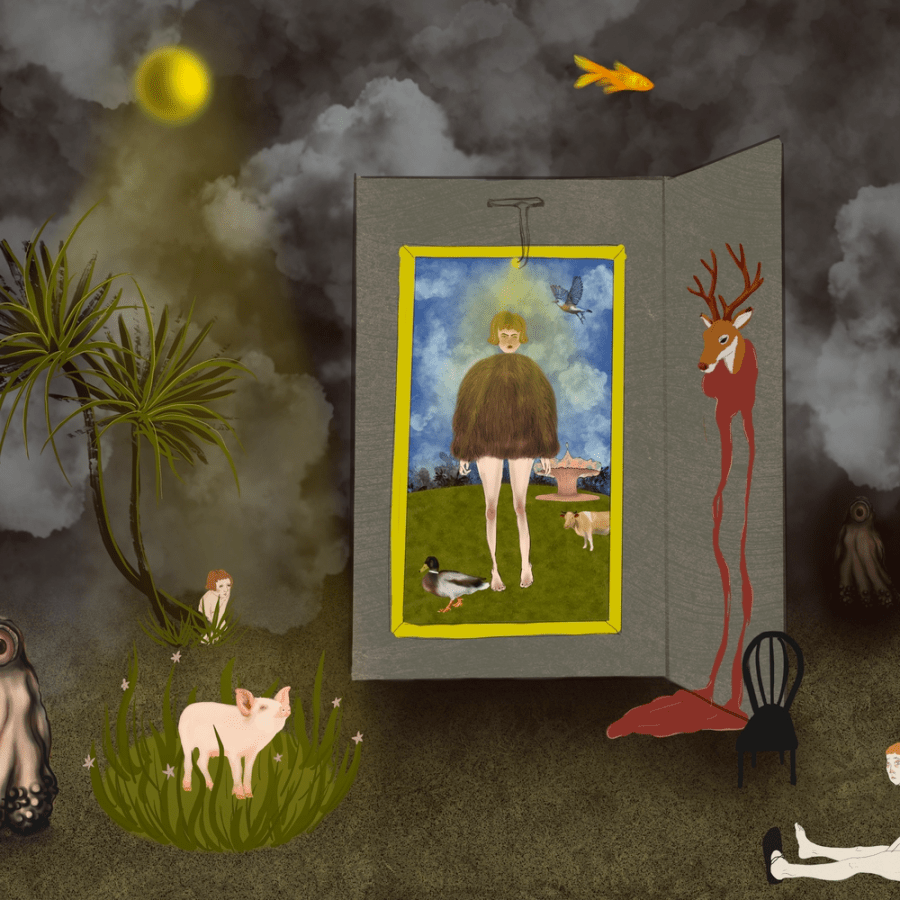
BW: Your work feels allegorical, that it’s trying to say something rather specific, even if it’s not always readily apparent what that specific thing is. So my question is: Do you start with an idea for an image or do you start with an idea for a statement?
GE: I’m definitely starting with an idea. The things I experience during the day are always a source of inspiration for me. I usually write down the negative things said against me and sketch them to see what shape they will take. I always listen to the conversations in the places I sit (this can be a bit disturbing). I put the subjects I am angry about into a composition. Sometimes a composition can end very differently from the way it started because the important thing is to create the version closest to the idea.
BW: You said in another interview that the one-eyed octopus that makes frequent cameos in your work represents “the surveillance mechanism in society” and that you use it “to reflect the pressure we feel on us as individuals.” This sounds like a sort of insidious Superego, not one that’s trying to keep us out of trouble but is rather keeping us docile or slavishly obedient. Where in your life do you feel the presence of that creature? (Also, I love the t-shirt you have of this figure and will totally get one if you send me the link!)
GE: Yes, as I said, the octopus represents a surveillance mechanism. (Likewise, the eye that appears in an unrelated place in the picture is watching you.) If we define this as the superego, I guess we are beings trying to reach the ego that is torn between the id and the superego.
I feel this one-eyed creature in every aspect of my life. This creature follows us in every private and public space where I try to be myself. As Foucault says, this spy can be a principal in a school, a guard in a prison, a manager in a company, a parent in a family, a government administrator, and more. How much of our lives can we choose to live? Or are our preferences just what is presented to us? This one-eyed creature, or whatever we call it, emerged as a result of these thoughts and continues to exist in my stories.
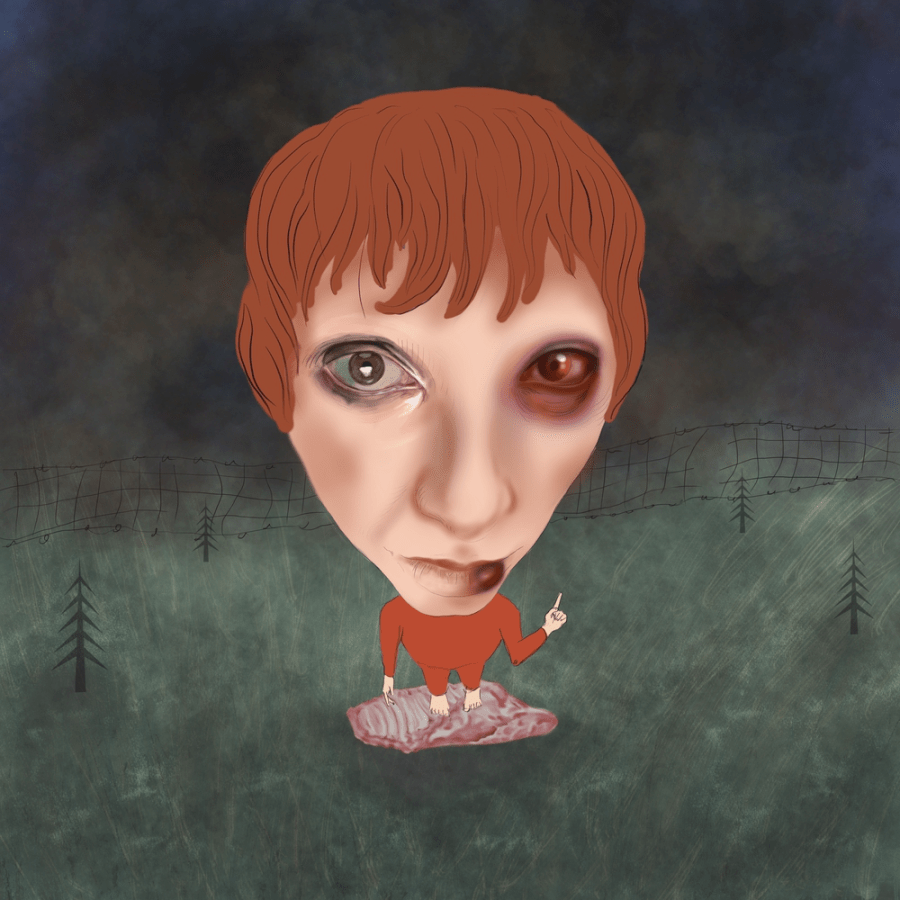
BW: How has your work been affected by the recent earthquakes in Turkey and Syria?
GE: Unfortunately, Turkey is an earthquake zone and the natural disaster I feared most since I was a child has been an earthquake. Although the last earthquake was a long-awaited earthquake, such a great destruction was not expected. Our lives stopped for a long time and we were unable to do anything but think about the earthquake. I can’t write anything about this subject that I can describe yet. I haven’t been able to work for a while. I’m still trying to get over its influence. I hope it doesn’t happen again.
BW: How did earning a Masters degree in Art Theory and Criticism influence your artistic practice?
GE: I think that my Masters degree played an important role in my development. I have always thought of myself as a dreamer and I was having problems integrating this side of me into my artistic practice. Studying in this Masters program triggered me to understand myself and take action. Throughout my education life, I had the opportunity to get to know the most qualified education and circle of friends through this department. It has greatly contributed to my use of the readings I have made in my artwork, so I am glad that I did this, even though it was a difficult process.
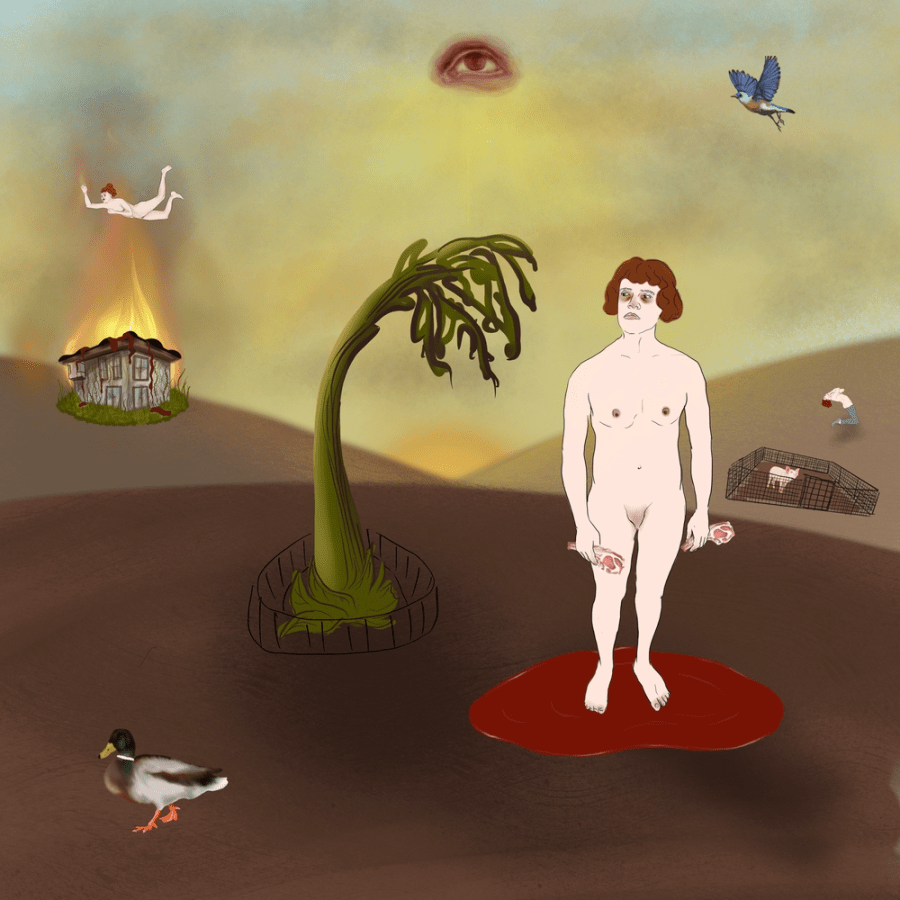
BW: Are there any intellectual figures from the worlds of Art Theory and Criticism that had a particularly profound effect on your thinking?
GE: There are so many thinkers that I have been influenced by. Most importantly, I think that understanding history is decisive in understanding thoughts. That’s why I think that each thought contributes to the previous one. There are philosophers that I am particularly excited to read. Nietzsche, Baudrillard, and Foucault, to name a few, are people I’m excited to understand while reading. But as I said, I think it’s all part of a chain. For this reason, it is necessary to read constantly without giving up. (Of course, this takes a long process)
BW: Can you recommend one book of theory or criticism that you think artists should read? What about collectors?
GE: Actually, there are so many options. However, I can recommend a book that will appeal to all levels: What Are You Looking At? [by Will Gompertz]. It has a general narrative and I think it can form a good basis for art.

BW: You mentioned in an interview that you studied Art Theory and Criticism because you didn’t have the “excellent drawing education” other students had. I find it interesting then that you haven’t minted any work that goes terribly deep with the AI — there’s some AI mixed into your work but there doesn’t seem to have been any kind of AI-related Renaissance in your work. What’s your experience been like testing out AI image creation?
GE: What I really wanted to tell about the subject of perfect art education was that the necessary thing for art production to reach perfection was to draw a perfect pattern. And this thought is completely wrong in my opinion. If your goal is to create a good sketch, of course, your pencil must be strong. But that doesn’t make you an artist alone.
First of all, you need an imagination and a sense of curiosity towards your surroundings. Art should make people sad, happy, tired, ruined, and many other complex emotions or apathy. Everything can be the subject of art.
As for AI, it’s something I’m still working on. I’m very used to creating what I have in mind, and I’m used to getting tired of the process. I have little fights with AI. Sometimes it understands me very well, sometimes it doesn’t at all. But I definitely want to continue developing it is a subject that excites me.
BW: You have a numbered series called Characters. Who are all these characters? Most of them look like versions of your red-haired Everyperson, though by every indication it’s a bunch of different characters.
GE: The characters all belong to a different story. But when I separate it from the composition, I take the characters out of context. When I realized this, I said why not. And I started the character series. This way, I thought everyone could write their own story.
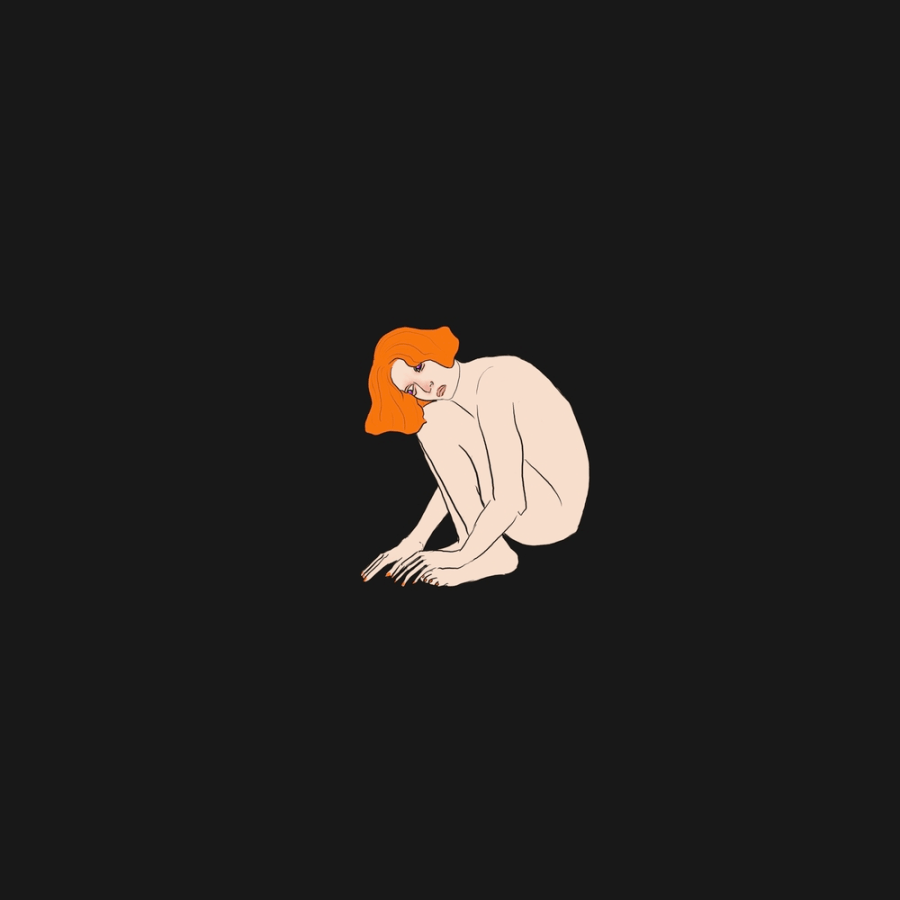
BW: You have at least three pieces called Wonderland. Is this a series? A name you just really like? What’s going on with these three pieces?
GE: Wonderland is an ironic name for me. I follow the world news frequently and I always make fun of the terrible news I see because we live in a real wonderland. In fact, in my work, the wonderland represents a dystopia of the world. (Dystopian or real, you decide). For this reason, there will be more work with this name.
BW: Tell me about the Speciesism series.
GE: The Speciesism series is the work I focus on the most, and in fact, most of my work has this theme. I’ve been vegan for a long time and this is a series that emerged in my process of being vegan. A series in which I focus on the hypocrisy of our view of animals and criticize the human species. Sometimes I also get criticism that I hate people and that I hear it’s too exaggerated. But all I want to show is equality for all species. The dream of a fairer, more respectful, happier world.
BW: Is there a creative process behind the making of a successful career?
GE: I don’t consider myself successful but thank you very much. The only thing that matters to me is being able to express myself. It feels good to do this in a way that satisfies me. The creative process for me is about thinking a lot. Sometimes I just want to think before meeting my friends. Isolating myself keeps my ideas balanced. My favorite thing to do is to draw by watching the surroundings.
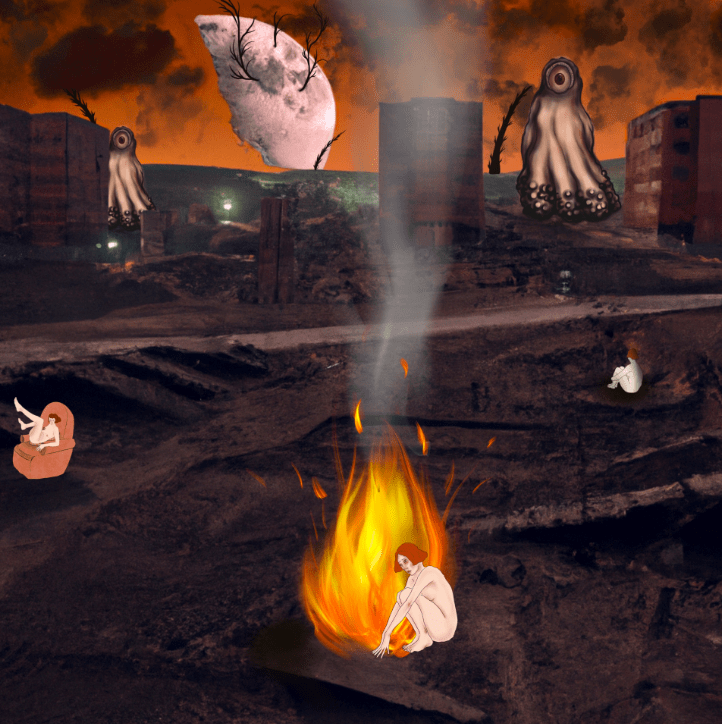
BW: How do you manage your time and prioritize your tasks as an artist? Do you have a cadence of finishing new work that you try to maintain?
GE: I’ve never had a planned and organized life. I have always envied people who could make good use of the time, which is their daily work routine. But this is a system that doesn’t work for me. I wake up in the morning and think about where to draw or read a book today. I give myself time to think and I don’t like to rush. Sometimes it takes me a month to finish a job. I don’t draw for a while when my hand doesn’t match what I have in mind. This is more of a lifestyle for me than a job, and I don’t want to get into stereotypes.
BW: How does frustration manifest in your creative practice? And what strategies do you use to get past it?
GE: Disappointment is inevitable when I don’t get the result I want. I get away from work and start doing other work. Although this situation creates extra anxiety for me, I will definitely achieve the result I want in time. For this reason, the completion time of some of my work can take a month, sometimes even more. There is nothing easy, I accept it and move on with my life.
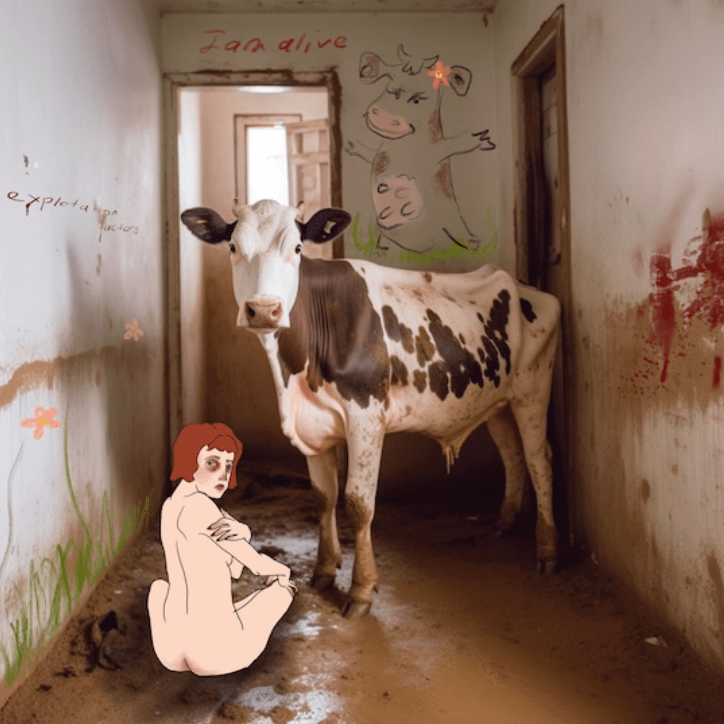
BW: What advice would you give your 20-year-old self about art and creativity? Is there anything you wish you’d known or any mindset you wish you’d had?
GE: Definitely, sometimes I wish I was deaf and didn’t listen to people so much. There is nothing more poisonous than a bad word. I would never ever listen to people who told me you can’t do it, you’re bad. I wouldn’t let them poison me. No one should question themselves because of someone else. I don’t even say hello to people who make me feel worthless, it’s very good for me.
For updates on all of our upcoming Artist Spotlights, subscribe to our newsletter below.
- SEO Powered Content & PR Distribution. Get Amplified Today.
- PlatoData.Network Vertical Generative Ai. Empower Yourself. Access Here.
- PlatoAiStream. Web3 Intelligence. Knowledge Amplified. Access Here.
- PlatoESG. Automotive / EVs, Carbon, CleanTech, Energy, Environment, Solar, Waste Management. Access Here.
- BlockOffsets. Modernizing Environmental Offset Ownership. Access Here.
- Source: https://rare.makersplace.com/2023/07/24/interview-with-turkish-artist-gozde-ekiz-aka-gozde/?utm_source=rss&utm_medium=rss&utm_campaign=interview-with-turkish-artist-gozde-ekiz-aka-gozde
- :has
- :is
- :not
- :where
- $UP
- 1
- 9
- a
- Able
- About
- ABSTRACT
- Accept
- Achieve
- Action
- actually
- advice
- advising
- affect
- again
- against
- AI
- All
- alone
- also
- Although
- always
- am
- Amazon
- an
- anatomy
- and
- animals
- Another
- Anxiety
- any
- anything
- apparent
- appeal
- approach
- ARE
- Art
- artist
- artistic
- Artists
- artwork
- AS
- aspect
- aspiring
- At
- audience
- away
- Bad
- basis
- BE
- because
- been
- before
- behind
- being
- belongs
- below
- between
- Bit
- blockchain
- body
- book
- broad
- broadly
- Bunch
- but
- by
- Cadence
- call
- called
- CAN
- Career
- chain
- challenging
- character
- characterized
- characters
- child
- choice
- Choose
- Circle
- collectors
- company
- completely
- completion
- complex
- Consider
- constantly
- context
- continue
- continues
- continuous
- contributed
- contributes
- conventional
- conversations
- could
- course
- create
- creates
- Creating
- creation
- Creative
- creativity
- creature
- criticism
- curiosity
- daily
- day
- decide
- decisive
- deep
- definitely
- Degree
- demographic
- Department
- describe
- details
- developing
- Development
- DID
- different
- difficult
- disappointment
- disaster
- do
- does
- Doesn’t
- doing
- Dont
- down
- draw
- drawing
- dream
- during
- dystopian
- each
- Earning
- Earthquake
- easy
- Editorial
- Education
- effect
- else
- emerged
- emotions
- emphasizes
- end
- enjoy
- equality
- Even
- EVER
- Every
- everyone
- everything
- exactly
- excited
- excites
- exclusively
- exist
- expected
- experience
- experiencing
- exploration
- express
- expression
- extra
- eye
- fact
- factor
- fairer
- family
- far
- Favorite
- Featuring
- feel
- few
- fights
- Figure
- Figures
- Find
- finish
- flexible
- Focus
- focuses
- follow
- follows
- For
- form
- frequent
- frequently
- friends
- from
- frustration
- Frustrations
- fun
- General
- get
- getting
- Give
- Giving
- goal
- Goes
- going
- good
- Government
- great
- greatly
- Guard
- had
- Hair
- hand
- happen
- happier
- happy
- Have
- having
- hear
- her
- history
- Hit
- hope
- How
- However
- HTTPS
- human
- i
- ID
- idea
- ideas
- if
- image
- imagination
- important
- in
- indication
- individuals
- inevitable
- influence
- influenced
- Inspiration
- Integrating
- intellectual
- interesting
- Interview
- into
- IT
- ITS
- Job
- journey
- just
- Keep
- keeping
- Kind
- Know
- known
- Last
- learning
- least
- levels
- Life
- lifestyle
- like
- lines
- little
- live
- Lives
- Long
- long time
- long-awaited
- Look
- look like
- looking
- Lot
- love
- made
- mailchimp
- maintain
- make
- MAKES
- Making
- manage
- manager
- many
- Match
- Matters
- max-width
- me
- mechanism
- meeting
- mentioned
- mind
- Mindset
- minted
- mixed
- Month
- more
- morning
- most
- move
- much
- must
- my
- name
- NARRATIVE
- narratives
- Natural
- necessary
- Need
- negative
- never
- New
- news
- Newsletter
- no
- norms
- notable
- nothing
- numbered
- of
- on
- ONE
- only
- Opinion
- Opportunity
- opposite
- Options
- or
- Organized
- Other
- our
- out
- over
- own
- part
- particularly
- past
- Pattern
- patterns
- People
- perfect
- perfection
- person
- personal
- philosophies
- picture
- pieces
- Place
- Places
- planned
- plato
- Plato AiStream
- Plato Data Intelligence
- PlatoAiCast
- PlatoData
- played
- plugin
- Point
- poison
- positive
- practice
- preferences
- presence
- presented
- pressure
- previous
- Principal
- Prioritize
- prison
- private
- problems
- process
- Production
- profound
- Program
- public
- purely
- put
- qualified
- question
- rather
- reach
- Reaches
- Read
- Reading
- real
- realized
- really
- reason
- received
- recent
- recommend
- Red
- reflect
- remain
- Renaissance
- represents
- resilient
- result
- resulting
- Role
- rush
- Said
- same
- say
- says
- School
- see
- seem
- SELF
- send
- sense
- separate
- Series
- Shape
- shaping
- Shares
- sharp
- she
- should
- show
- side
- similar
- since
- sit
- situation
- So
- societal
- some
- Someone
- something
- Source
- Space
- speaking
- specific
- spirit
- start
- started
- Starting
- Statement
- Stick
- Still
- stopped
- Stories
- Story
- strategies
- strong
- Students
- studied
- Studying
- subject
- subscribe
- subsequent
- successful
- such
- surveillance
- Syria
- system
- Take
- takes
- tasks
- tell
- Testing
- than
- thank
- that
- The
- the world
- their
- Them
- theme
- themselves
- then
- theory
- There.
- These
- they
- thing
- things
- think
- thinkers
- Thinking
- this
- though?
- thought
- three
- Through
- throughout
- time
- tired
- to
- today
- too
- torn
- TOTALLY
- towards
- triggered
- trouble
- try
- Turkey
- Turkish
- unable
- underlying
- understand
- understanding
- understands
- upcoming
- Updates
- upon
- us
- use
- used
- usually
- Values
- version
- very
- View
- Wake
- Wake Up
- walker
- want
- wanted
- was
- Watch
- watching
- Way..
- we
- Web3
- WELL
- were
- What
- What is
- whatever
- when
- which
- while
- WHO
- why
- will
- with
- without
- Wonderland
- Word
- WordPress
- WordPress plugin
- Work
- working
- works
- world
- World News
- world’s
- would
- write
- Wrong
- yet
- you
- Your

